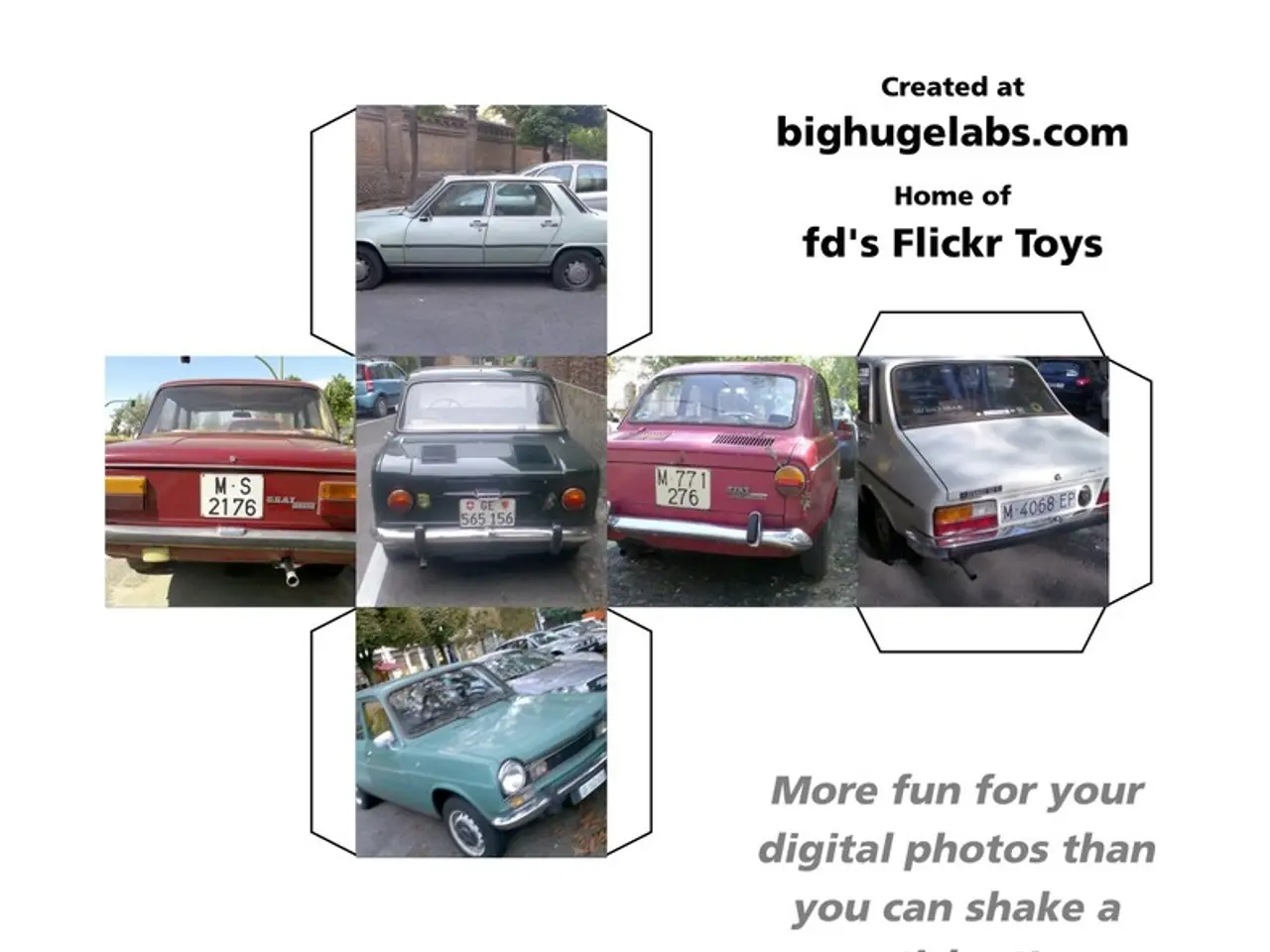Four in Ten Drivers Face Serious Risks From Faulty Car Assistance Systems
A recent survey reveals that four in ten drivers frequently encounter malfunctions with assistance systems in modern cars. These issues can lead to serious accidents, with drivers legally responsible for any incidents caused by faulty systems. The Federal Motor Transport Authority (KBA) has not conducted specific investigations into any particular brands due to frequent faulty automatic braking incidents.
The most common issue is phantom braking, caused by faulty sensors or unclear traffic situations. Lane keeping assistants also cause frustration, often misinterpreting lane markings in construction situations. Almost a quarter of drivers feel hindered by these systems, with almost all car brands affected. The KBA is currently investigating Tesla vehicles for frequent faulty automatic braking maneuvers.
Despite these challenges, assistance systems can be beneficial. ADAC emphasizes that features like emergency braking for missed obstacles can prevent accidents. However, drivers should not rely on these systems blindly, as they are not infallible. Manufacturers are under pressure to improve the technology for safer roads.
While assistance systems in modern cars can provide significant benefits, they are not foolproof. Drivers must remain vigilant and not solely rely on these features to avoid accidents. The Federal Motor Transport Authority continues to monitor and investigate issues with these systems across all brands.
Read also:
- Industrial robots in China are being installed at a faster rate than in both the United States and the European Union, as the global market for these robots faces a downturn.
- NATO's Massive Naval Drill Shows Unity Against Russian Aggression
- Undeads Games Reaches $30 Million TVL and Gears Up for MMORPG Debut
- Hyundai N affirms transition to hybrid performance-centric models, initiating with Tucson N




